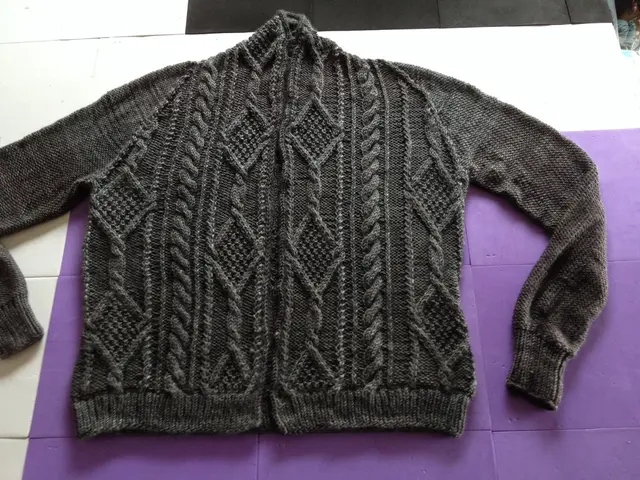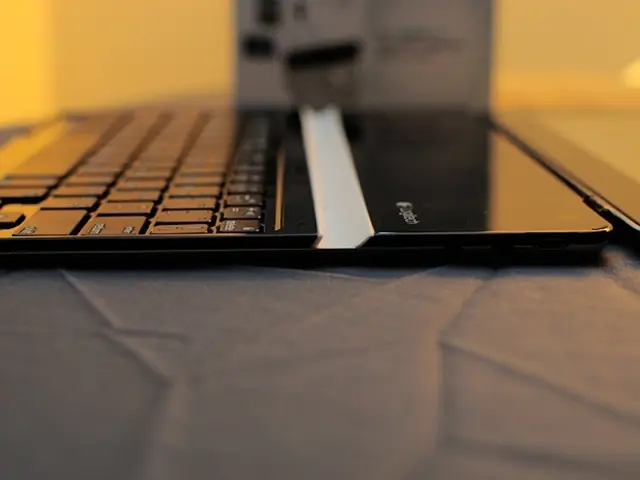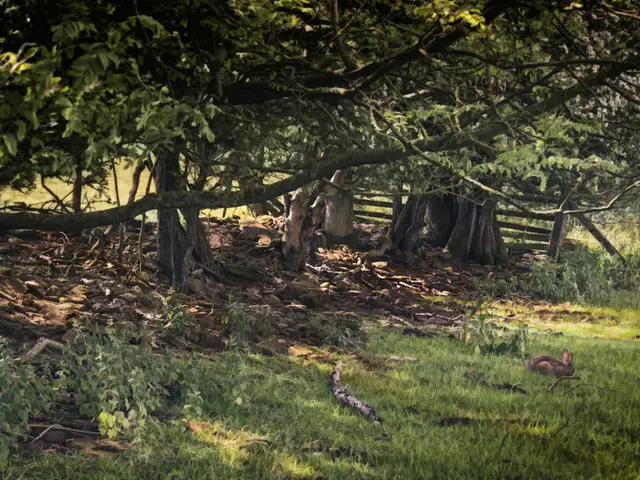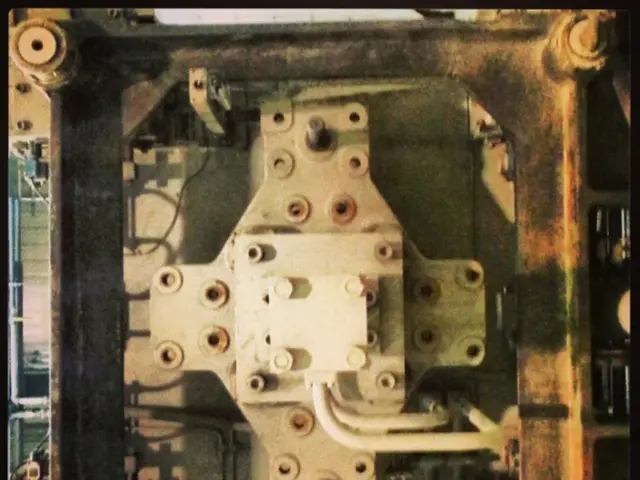Avoiding Frequent Blunders in Spring Cleaning Tasks
Decluttering a space can be a daunting task, but understanding common mistakes can make the process more manageable and effective. Here are five decluttering mistakes to avoid:
1. Not Decluttering Before Organizing
Jumping straight into organizing without removing excess items first only rearranges clutter instead of reducing it. Decluttering before organizing is essential to avoid overwhelming piles of stuff.
2. Trying to Declutter Everything at Once
Decluttering in one go can feel overwhelming. It's better to declutter in waves or layers—start by removing large or obvious items, then come back to smaller clutter in subsequent rounds.
3. Overfilling Storage Spaces Randomly
Simply pushing clutter into cabinets or closets without an organization system leads to hidden messes and inefficiency. Instead, creating zones for different items and placing frequently used things in front helps maintain order.
4. Not Using Standardized Containers for Storage
Leaving groceries or items in original packaging can cause visual clutter and make it hard to track what you have. Using uniform, labeled containers increases tidiness and visibility.
5. Over-organizing or Storing Items Out of Reach
Making a space too perfectly organized by hiding everything away can make it difficult to find what you need, leading to frustration and clutter building up again. Functional, accessible organization systems are more sustainable.
Avoiding these mistakes can make decluttering more manageable and sustainable by focusing on removing unnecessary items first, pacing the process steadily, organizing thoughtfully, and prioritizing usability over perfection.
What Decluttering Is Not
Rehoming, or moving clutter from one place to another, often within the same home, is not actual decluttering. Storing is not a solution for excess clutter; it only provides temporary relief and does not address the root problem of having too many items. Storing items in a storage unit, shed, or at someone else's home does not count as decluttering.
Decluttering is a thoughtful process of letting go and making intentional choices about what truly adds value to your life, not just moving things around or hiding them out of sight. Donating items can be a good alternative to rehoming within the home, as it allows for giving items a new life and helping someone in need.
Swapping items for upgraded versions that improve life or home's look is considered decluttering. However, replacing items you've decluttered with new ones is not helpful. Counter scraping, or hiding items in junk drawers, boxes, or bags, is a common mistake that isn't decluttering. It only relocates the problem, not solves it.
Understanding decluttering mistakes to avoid, such as resisting the urge to rehome items without reducing possessions, being mindful of the difference between organizing and true decluttering, and avoiding the trap of storing clutter out of sight, is essential for a more organized and harmonious living space.
Decluttering is a journey, not a one-time event, and by following these tips, you'll be equipped to make more effective and lasting changes in your space, leading to a clearer mind and a more enjoyable living environment.
- Attempting to declutter a blog without removing redundant or irrelevant posts first can result in an overwhelming reader experience, rather than reducing cognitive clutter.
- Treating decluttering a fashion-and-beauty collection as a one-time event, without considering the ongoing need for mindfulness and intentional choices, can lead to a buildup of excess items.
- Leaving a home-and-garden space cluttered because organizing feels overwhelming or daunting can negatively impact one's mental well-being and lifestyle freedom.
- Approaching decluttering a podcast library without intentionally curating quality content can result in a disorganized listening experience, hindering the discovery of valuable insights.
- Failing to declutter family memories and keepsakes can create emotional clutter, making it difficult to focus on the present and truly appreciate shared experiences.
- Neglecting the environment by discarding clutter irresponsibly, without considering sustainable waste management practices, can lead to long-term negative consequences for our planet.
- Leading a lifestyle that values comfort over functionality in organizing living spaces can create hidden clutter and create an environment that doesn't support productivity or relaxation.
- Holding on to items due to their sentimental value without assessing their overall contribution to a harmonious living environment can result in a constant battle against mental and physical clutter.








